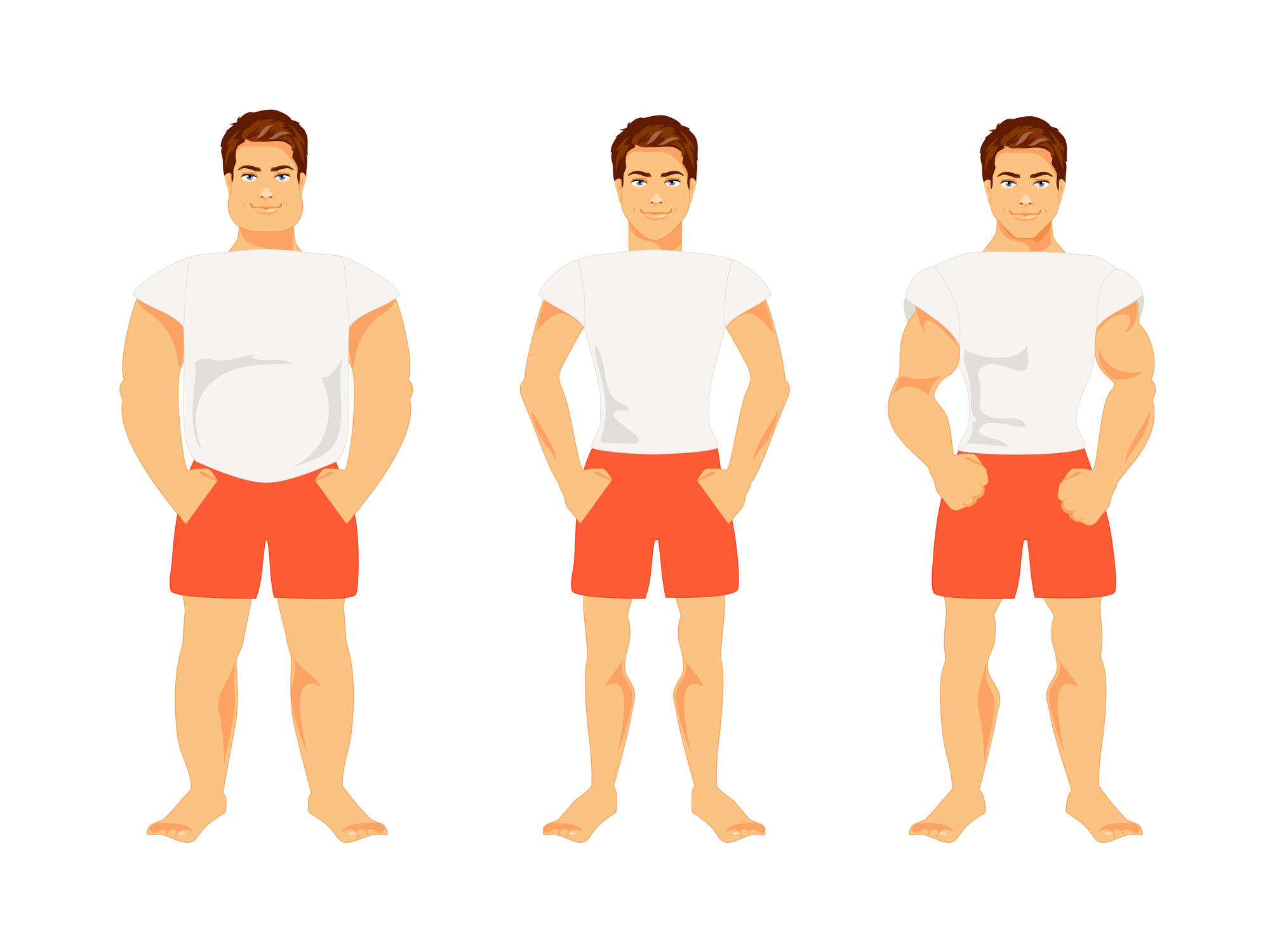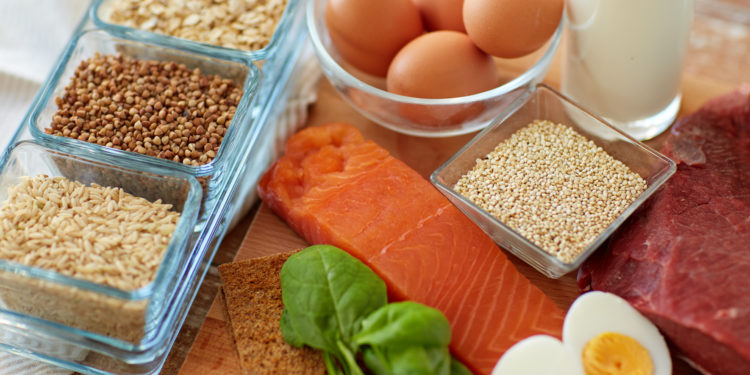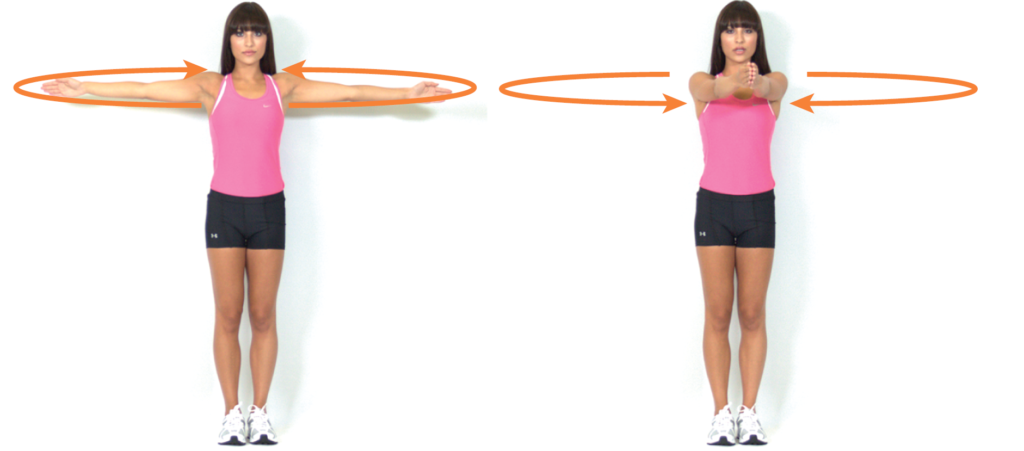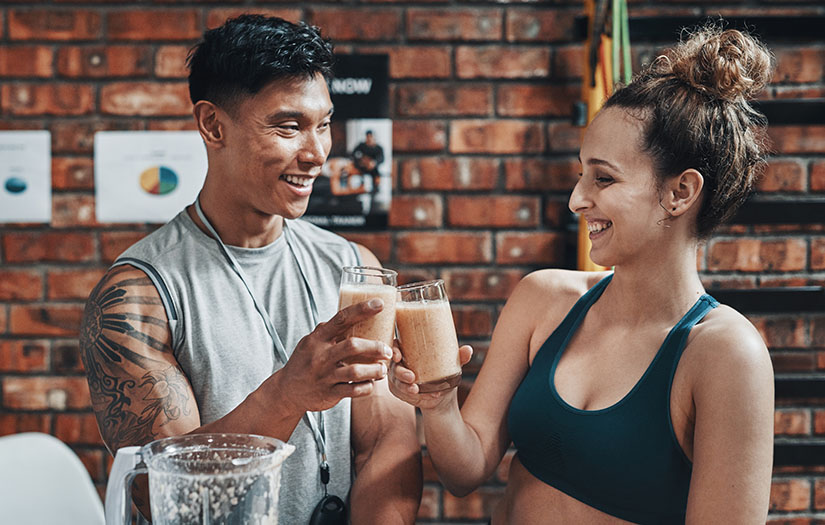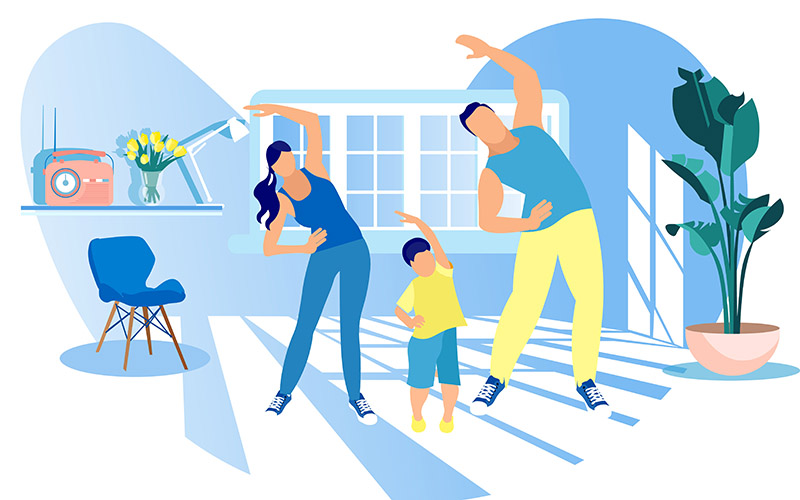It has often been said that nutrition is 90% of the game and training just 10%. The truth is, nutrition et la formation sont tout aussi importantes pour diverses raisons, et ce n'est pas seulement un jeu 50/50 car il existe de nombreuses autres habitudes ou rituels tout aussi importants pour la santé à long terme des clients.
Sommeil, socialisation, types d'entraînement, changement de compornt, mobility, mental health, and, yes, nutrition are vital aspects of overall health. Truth be told, what may be most important is how to make any of those mieux pour vous pratique habitudes permanentes.
Cet article fonctionnera comme une aide-mémoire sur comment aider les clients à créer de nouvelles habitudes nutritionnelles par un changement de compornt et comment parler de nutrition avec vos clients.
Le contenu présenté dans cet article de blog est dérivé de notre tout nouveau mini-cours: Stratégies pour améliorer les habitudes nutritionnelles. Assurez-vous de le vérifier pour encore de contenu organisé autour du sujet.
Comment créer de nouvelles habitudes nutritionnelles
Adopter de nouvelles habitudes et briser les anciennes peut être un défi. Trop souvent, lorsque nous essayons de travailler avec quelqu'un, nous essayons de lui inculquer nos objectifs - manger ceci, ne pas manger cela, ou faire ceci, ne pas faire cela.
Mais tout comme chaque client d'entraînement n'est pas immédiant placé sous une barre pour faire une série de squats, tous ceux qui entrent dans la salle de sport n'auront pas les mêmes objectifs de résultat ou les mêmes stratégies pour y parvenir en matière de nutrition.
When we think about the habits most of us have, many are well-established. Every day you make automatic choices that require little consideration or thought. You simply do them. And the same is true of your clients.
C'est formidable quand ces habitudes fonctionnent pour nous et nous aident à vivre la vie que nous désirons, des simples choix de se souvenir de se doucher et de se brosser les dents, aux complexes de prendre le temps d'étudier et de se tenir au courant de la formation continue.
But what about the habits that don't align with what we want to achieve? What about the client who really wants to lose weight and is consistently training to make that happen but can't stop late-night snacking on chips? Or the athlete who says they are committed to improving performance but keeps grabbing drinks with friends several nights a week?
Reminding clients (and if we're honest, even ourselves) how these choices impact our ability to reach our goals, isn't sufficient. Many s we already know these things are working against us. Instead, we have to learn how to unwire the habit and rewire a new one to create changes that support our goals, and that can last. Changing a pattern takes conscious and repeated effort.
The interesting thing about our brains is that they like to be efficient. Your brain wants to move any action you repeatedly do into a habit because it requires less effort to process and perform the behavior - meaning we do them over and over again. That's great when habits work for us - not so good when they work against us. You see, when a habit is formed, the brain stops participating fully in the decision making - instead, it turns it over to our subconscious.
Qu'est-ce que le cerveau subconscient a à voir avec les habitudes alimentaires?
Notre subconscient peut faire tourner le spectacle jusqu'à 95% des choix que nous faisons chaque jour (1). Cette partie inconsciente du cerveau, également appelée cerveau automatique, rapide ou sys, nous aide à préserver l'efforntal pour la pensée critique et la résolution de problèmes pour les décisions les critiques.
The fast brain is the one that steps in and quickly decides what to do based on experience or emotion or impulsivity. It's the one that when you feel a surge of stress at the end of a long day, declares, "J'ai besoin de. Un verre!"
Le côté logique du cerveau conscient
La partie consciente du cerveau, également appelée cerveau lent ou sys deux, est beaucoup rationnelle et logique. Cette partie du cerveau prend en compte les avantages et les inconvénients de la situation, les conséquences potentielles à long terme et relie ces choix à des objectifs à long terme. Le cerveau lent est celui qui peut planifier la façon dont vous pourriez gérer cette situation stressante où vous voulez vous tourner vers un verre et ce que vous pourriez choisir à la place.
Alors, lequel "gagne"?
Cela dépend du sys que vous utilisez au moment où la décision est prise. Il n'y a pas de "gagnant" ou de "perdant" en soi, mais il existe des moyens de progresser vers une prise de conscience consciente des choix que nous faisons et des raisons pour lesquelles nous les faisons, et comment réduire la probabilité que notre cerveau rapide domine le perchoir .
Ultimately, though - you and your clients are in the driver seat, and that is all based on the habits we build and how we build them. The brain is capable of vast change after all, through neuroplasticité et actif changement de compornt quand nous y réfléchissons.
Processus de formation d'habitude: la boucle d'habitude
Voyons à quoi ressemble le processus normal de formation des habitudes. En règle générale, les modèles se forment au fil du temps lorsque nous commençons à effectuer une nouvelle série de compornts encore et encore.
Dans Le pouvoir de l'habitude, Charles Duhigg a décrit une recherche du MIT qui a découvert trois éléments qui peuvent être systématiquement trouvés dans n'importe quelle habitude que nous avons - le signal, la routine et la récompense (2)
Plus récemment, dans Habitudes atomiques, L'auteur James Clear a développé ce concept pour inclure un élément supplémentaire, CRAVING (3).
It is this description of the habit loop that we'd like to use to define how we form habits. Of course, to expand on this understanding, both books are excellent additions to your toolbox to allow you to serve your clients better. For now, here's the abbreviated version.
Les compornts sont façonnés au fil du temps à l'aide de la formule suivante.
Les 4 étapes de la formation d'habitudes
CUE -------> CRAVING ------> RESPONSE ------> REWARD ------> Repeat this process
As you see here, it's this normal pattern by which habits are ultimately created. Let's talk through this a bit more to bring it to life.
Étape 1: Cue
A signal is anything that brings about a craving. Cues can include a of day, a person, feeling or mood, a smell, or even a specific environment. For example, you wake up in the morning, and that triggers a cascade of habits that you may not even think about.
Maybe you wake up, go to the bathroom, make a cup of coffee, brush your teeth, get dressed, etc. Your cue? Time of day or for most people, the alarm clock told them it's to wake up.
Étape 2: Envie
S'en tenir à notre exemple de temps ci-dessus et se réveiller, le envie - ou en d'autres termes - le motivation behind the habit is what moves someone into action. You aren't motivated necessarily to brush your teeth, but rather the feeling you have from a clean mouth. Or you may not crave coffee, but rather the feeling it provides to you. Cravings differ for each person. For some, they may crave to feel awake; for others, they may crave the feeling of "attacking the day." In general, cravings occur because we want to change our internal state, so what that looks like for your clients may differ.
Étape 3: Réponse
Ensuite, nous avons un réponse. The response is the actual habit you perform (brush your teeth, drink the coffee, etc. if we're sticking with our example). Think about what your usual response is to your cue in the morning and what craving you fill. And also consider how many responses are possible. Some may choose to wake and go to the bathroom.
Others may get up and head to the kitchen to start the coffee before going to the bathroom. Others may wake and lie in bed for a bit, scrolling through texts and social media. If we're talking about 100 people, there could be 100 different responses to the same cue based on experience, preferences, environment, etc.
Étape 4: Récompense
Enfin, nous avons un récompense. On one level, the reward is that the craving is gone. We wanted to change our internal state, and we successfully achieved that. Pretty interesting isn't it?
We like satisfying the discontent our brain creates. On the other hand, the brain is hard-wired to notice rewards from our behavior - so we're also paying close attention to what other rewards the response has created. If the reward also has other benefits – the coffee was delicious, we can now kiss our spouse with our fresh breath, etc.… it's more likely we'll repeat this cycle over and over.
Application de la formation d'habitudes avec la nutrition
Let's say a client comes to you and has laid out some of her health goals. As you talk through a typical day, she tells you that she struggles with the mid-afternoon slump like so many. She typically works through her lunch, spends the next couple hours on conference calls or in meetings, then 3 PM hits, and she completely tanks. Her energy. Her mood. And it's taken out on everyone or anything in "her way."
Jouons ceci en utilisant le signal, l'envie, la réponse et la récompense pour l'appliquer à la situation quotidienne.
Mary pourrait commencer par une mauvaise émotion - qu'elle n'aime pas ce qu'elle ressent dans son corps. C'est elle signal, ce qui peut avoir été ce qui l'a amenée à vous en premier lieu.
Ce signal conduit alors à un envie, qui, dans ce cas, est son désir intérieur de changer parce qu'elle veut simplement se sentir mieux.
Le désir de changer dans ce cas la conduirait à vous, le formateur, en tant que réponse or maybe making some changes within her nutrition plan. But then the challenge here is with what she desires, and that is losing weight, which is outcome-driven. Unfortunately, the outcome of weight loss is detached from the immediate choice of the behavior. For example, meeting friends (again) on a Tuesday night for happy hour isn't connected to the outcome of reaching a specific bodyweight six months down the road.
With her ultimate reward being the scale, encouraging her along the way could be a challenge. If instead, the discussion is around those small, daily wins - educating her through those daily choices will go a long way. How can she récompense elle-même en se concentrant sur les résultats du processus tels que s'entraîner ou manger des aliments sains.En se récompensant pour les choix spécifiques qu'elle peut faire en cours de route et qui lui permettront d'atteindre son objectif de résultat, elle peut rester connectée tout au long du processus. C'est le le pouvoir de ces petites habitudes et des victoires qui la propulseront vraiment vers un succès à long terme.
Le pouvoir des petites habitudes
Many s when clients come to us for help, they are looking to achieve a goal. "I want to be stronger." "I want to be a better athlete." "I want to be thinner." They come in focused on the outcome they want to attain. Again, this goes back to the discussion around an outcome goal but doesn't necessarily consider the necessary steps to achieve that long term win.
The other piece of knowing who your client desires to become and what responses they'd want to choose is that you can help them move in the smallest direction. When we select tiny habits that move toward who we want to become while still staying in alignment with our current self-image, we're much more likely to stick with the change because it doesn't feel so drastic. Switching from fast food to grilled chicken and broccoli may not be possible for someone who identifies themselves as a veggie hater or a fried chicken fanatic.
Someone who dislikes exercise may not be on board with a program that requires them to do five workouts a week. But maybe they can agree to swap their regular stir fry base of rice with stir-fried veggies and aim for just two workouts a week.
Lorsque vous savez ce qu'ils pensent être possible et que vous les aidez à identifier les petits changements qu'ils peuvent faire dans cette direction, nous pouvons les aider à se diriger vers la nouvelle identité ou l'objectif qu'ils souhaitent atteindre. De petits changements ne déclenchent pas d'inconfort, de peur ou d'autres sennts de «je ne peux pas faire cela» et conduisent donc à une grande adhésion et à un grand succès.
But that all comes back to the formation of habits. Remember, cue, craving, response, and reward. When you frame client discussions around these, it can help them achieve what they want to achieve, which ultimately helps you in building long term relationships.
Exemples de nutrition dans la vraie vie: Comment construire une assiette en appliquant le pouvoir de minuscules habitudes
Nous avons maintenant abordé la création d'habitudes et le pouvoir des petites habitudes. Examinons maintenant quelques exemples spécifiques utilisant la nutrition et les façons dont les clients peuvent construire leurs assiettes pour répondre à leurs besoins ou à leur sennt d'identité.
First, when we think about a plate, it's important to stress that nutrition is not black and white. Clients want it to be, and it would be so easy for us to simply give people those nutrition rules - eat this, don't eat that. But there's much more to nutrition than what to eat or not eat.
Que faire si vous sortez avec des collègues ou des amis lors d'un événement social ou si c'est un grand jour férié et que vous êtes entouré d'aliments traditionnels et d'alcool, ce qui rend difficile de respecter le plan pour atteindre l'objectif principal?
That said, let's simply share what a smart plate could look like. This example allows for some flexibility in its approach - it's not low carb, low fat, vegan, gluten-free, or anything else - it's a way to balance your plate and will meet the needs of most clients and also allow for personalization since no one diet is universal.
How abourely discussing the importance of balancing a plate to your clients? What does thaan? Think about it in terms of handfuls - two handfuls of produce per meal, one handful of protein and one handful of quality, fiber-rich grains. That's it.
Vous pouvez dessiner cela pour eux, tracer des lignes sur une assiette en carton - tout ce qui le rend le confortable à enseigner, mais en fin de compte, faire de simples changements comme celui-ci aide à souligner le message des petites habitudes.
Utiliser la boucle d'habitude pour créer de nouvelles habitudes positives
We've covered a lot so far - the habit loop, fast and slow brain, and tiny habits. Now we're going to focus on how we can use the habit loop to consciously create positive habits using an example.
We'll assume a client wants to start a training program with you and hopes to work out first thing in the morning three days a week. Let's walk through the habit loop to see how we can make it more likely she consciously chooses this behavior and repeats it until it's habitual.
Boucle d'habitude - La queue
Pour le signal - la clé est d'en faire quelque chose qui se produit de manière cohérente. Maintenant, dans cet exemple, elle choisit de s'entraîner tôt le matin (ce qui facilite les choses), car peu de choses sont susceptibles de s'interposer entre son réveil et sa réponse d'aller au gymnase pour s'entraîner.
An easy strategy to cue yourself to do a new behavior is to create a "When I, Then I" stant and pair the new behavior with something you already do. When I do x, then I do y. Or in this case, it might look like: When I wake up, then I workout. Have your clients think about how they can tie the new behavior to something they already do.
Boucle d'habitude - Le désir
For the craving, you've got to get a bit more creative because you have to think of what will make your client crave something she is currently not doing. One way to do this is to have her combine a Want to Do an activity with a Need to Do one. In this case, her workouts are a Need to Do behavior.
To crave the exercise, she would combine her training sessions with you with another activity she wants to do. Maybe that is spending with a friend. So in this example, to crave her morning workouts, she signs up for group training with her friend, which makes her look forward to it even more.
Boucle d'habitude - La réponse
Now, let's talk about the response. This becomes important because your client needs to make sure the response is something she's likely to do. For this, have them think of 0 as equal to no chance she'll do the behavior and 10 as equal to 100% certainty she makes it happen.
You want her to choose a response that she is 90% certain she can make happen. So, in this case, 9 s out of 10, she will make it to the training session. She feels confident she can - especially since it's the first thing before her day begins (cue) and because her friend will meet her there (craving), and so you agree to 3 days a week. If she is only at a 7 though, in terms of confidence, you'd look at what would make the number higher.
Does she need to go to fewer training sessions per week? Do the training sessions need to be shorter? Keep working to make sure it is a choice she feels confident she can achieve.
Considérations de récompense pour le client
And then we get to the sweet reward. How can your client reward herself for her new behavior? What immediate response can she include in her routine that will make it feel like a win? For years when we ran a fitness Bootcamp first thing in the morning, we had women who would go to the coffee shop afterward to reward themselves for making it to camp.
Demandez à votre cliente de réfléchir à ce qu'elle peut utiliser comme récompense pour ses efforts pour la rendre susceptible de s'y tenir. L'immédiat est ce qu'il y a de mieux, mais tant qu'elle le trouve gratifiant et que cela ne rivalise pas avec le résultat qu'elle désire, tout peut fonctionner.
By consciously thinking through the cue, craving, response, and reward, your client can create support for her new behavior and increase the likelihood that she will form a new habit loop and ultimately a habit. The next you or your clients have a habit you'd like to work toward, consider how you can use those four elements to make it stick.
Application de ces principes pour des habitudes nutritionnelles positives
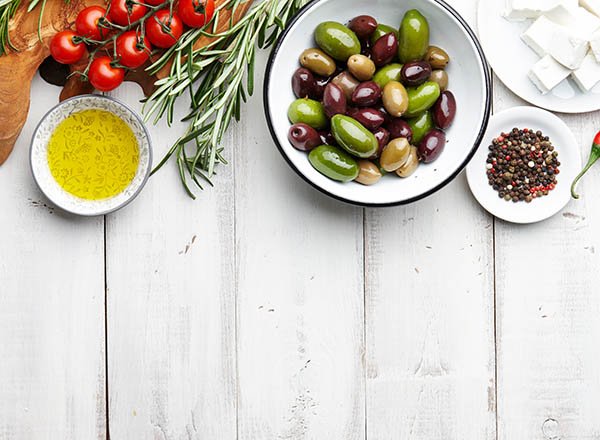
Appliquons maintenant cela à un compornt nutritionnel, car il est souvent utile de parcourir différents scénarios pour mieux l'appliquer à votre propre situation. Que diriez-vous d'encourager votre client à boire d'eau, par exemple. Dire simplement à un client de boire d'eau n'est pas très efficace en soi, alors une stratégie comme celle que je vais décrire peut aider. En utilisant le cadre discuté autour des habitudes de construction, voyons comment nous pouvons façonner cela.
Bien sûr, il y a beaucoup de moments de la journée où vous pouvez boire d'eau. Mais comme il serait facile d'étaler la consommation tout au long de la journée, un signal que vous pourriez encourager ici serait de prendre un verre d'eau immédiant après le réveil. Alors quand je me réveille, je bois un verre d'eau.
Yes, it can be that simple. The craving then can be the feeling of drinking a glass of water before anything else. That feeling of wetting your mouth first thing in the morning. Or the sense of how that feels in your body when you first drink it. The response then is deciding how much to drink.
Habitudes positives en action
If the goal is to drink half their body weight in ounces each day, for example, well, then starting with an 8 oz glass might be sufficient. Finally, the reward might be as simple as checking off on the calendar that the client drank water or mark it off in a nutrition log or tracker. So these can be pretty simple. It depends on what the client would benefit from, and this can be decided together.
While this may seem rather straightforward, when stacked together with other positive habits, you can see how "magic" can start to happen. What if your client stacks together that simple habit of drinking 8 oz of water each morning with a 5 or 10 minute morning walk. When they get back from their walk, then they enjoy a piece of fruit and take their vitamins.
La prochaine chose que nous savons, c'est que de en d'habitudes positives sont en place et prennent la résidence permanente menant aux résultats souhaités. Maintenant, gardez à l'esprit que toutes ces habitudes n'auraient pas lieu ou ne devraient pas être suggérées du jour au lendemain; la beauté des petites habitudes est qu'elles se produisent avec le temps et s'empilent les unes sur les autres une fois que les compornts précédents ont été établis.
Comme nous le savons, cependant, il ne s'agit pas seulement de construire des habitudes positives en des habitudes positives. Nous devons également envisager de rompre (ou de remplacer) les vieilles habitudes tout de même.
Utiliser la boucle d'habitude pour briser les vieilles habitudes
We make 1000's of decisions day in and day out. And for most people who are making the same type of decisions in the same kind of environment, these decisions are ultimately being handled from our fast brain. They're automatic, based on years of learned patterns and may ultimately conflict with our goals. So what do we do if we have habits that we believe are problematic that have a negative impact and are keeping us, or our clients, stuck?
Let's take a look at how we can use the four elements of the habit loop to unlearn a negative habit. Beginning with the cue, in an ideal environment, you'd just remove it. But cues are complex - and include the of day, people, mood, environment, and other behaviors.
You can't always eliminate them, but you may be able to avoid them or alter them, so they are within your control. Say, for example, your client complains that he always overeats in the evening. One of the reasons for overeating is snacking as soon as he walks in the door after work. If the cue is when I get home, then I grab a snack from the fridge, choosing to come in through a different entrance to avoid landing in the kitchen may be beneficial. Or he could decide to head to the bedroom and change clothes instead while he thinks about what he wants to make for dinner.
Qu'est-ce que Urge Surfing?
Le surf urgent est une technique qui compare une envie à une vague. À la hauteur de la vague (la crête) vient la partie la difficile de l'envie de résister. Mais ce point culminant de l'envie n'est que temporaire - alors que la vague finit par s'apaiser (tout ce qui monte doit finalement redescendre). Avec suffisamment de temps et de patience, vous pouvez surfer sur l'envie gérable et attendre que la suivante se lève.
When it comes to craving - this is the part that usually makes people give in to the old habits over and over again. They feel a craving to raid the pantry or fridge, and that craving grows and grows. It's as if once your client recognizes he wants to eat something, his brain will increase the urgency and the intensity of that craving. To change the craving (and this is something that works with repeated use and practice over ), you can teach your client to use Envie de surfer.
On average, it takes about 15-20 minutes before cravings will go away. Depending on the habit, this could differ, but the key is to remember that left on its own, the craving will eventually go away.
La première fois que votre client essaie de résister à l'envie et de surfer sur la vague, cela se sentira assez intense, car le cerveau a l'habitude de céder à l'envie, mais finalement avec une pratique répétée et en disant non, cela devient facile.
stratégies pour réussir à surfer
Strategies for riding out the urge include waiting that 15-20 minutes before deciding if you still want to give in. But you can also take advantage of distraction (finding something else to do, going for a walk, etc.) and can also substitute a healthy option in its place. Instead of raiding the fridge and pantry for the high calorie and salty snacks, your client could opt for a piece of fruit instead.
Then to target the response, your client could increase the distance between himself and the high-calorie snacks. Maybe he only keeps healthy options in the house, so even when he does raid the pantry, it doesn't do much damage. Or perhaps he moves the tempting snacks to a far-removed cabinet instead. And lastly, to target the reward aspect, your client could find someone to help hold him accountable. Maybe that's you, and he texts you to let you know when he navigates that habit loop successfully, or perhaps it's his spouse/partner or kids.
Le partage d'objectifs «d'abandon» fait qu'il est beaucoup probable que ces vieilles habitudes soient abandonnées ou remplacées.
Résumé
It's not just about the snacks, the breakfast, lunch, or dinner. It's not even just about the workout or daily movement breakfast. Sure, all of these add up, and one of our jobs as trainers is to help clients sort through their daily health behaviors.
La clé de tout succès à long terme - que ce soit autour nutrition, l'exercice, ou, enfin, n'importe quoi - se construit lennt avec le temps. Progresser sur la perfection.
Consider this with your clients and even apply it to your behaviors. Changing habits may feel challenging, but with the right awareness and support, we can craft the behaviors to help our clients and us, achieve goals and become who we'd like to be.
When we think about the habits most of us have, many are well-established. Every day you make choices that you don't have to consider or think about. You simply do them. And the same is true of your clients.
Ce sys bien conçu est positif, car si nous devions penser à chaque chose quotidienne, à chaque minute - eh bien, nous serions épuisés mentalement et physiquement. Plus nous pouvons automatiser les habitudes positives et aider nos clients à faire de même, mieux nous serons tous.
Les références
- Wyer JR., RS (1997). L'automaticité de la vie quotidienne. Hillsdale, NJ: Lawrence Erlbaum Associates.
-
Le pouvoir de l'habitude par Charles Duhigg
- Habitudes atomiques par James Clear



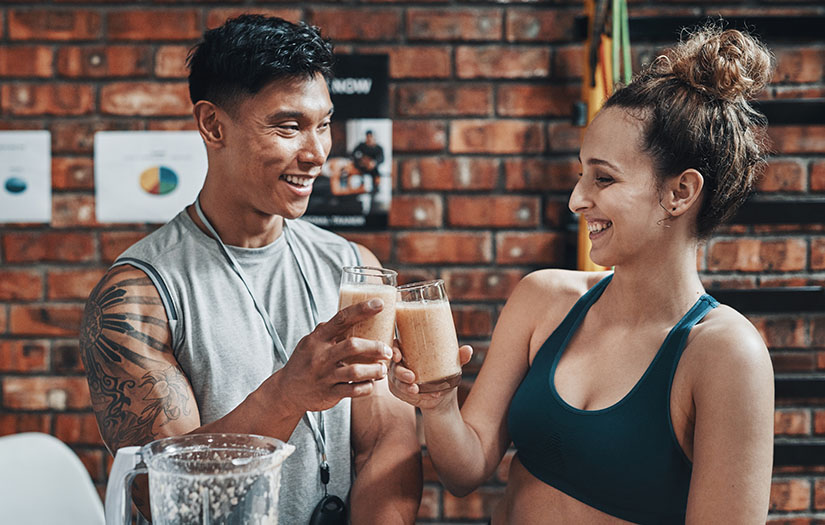

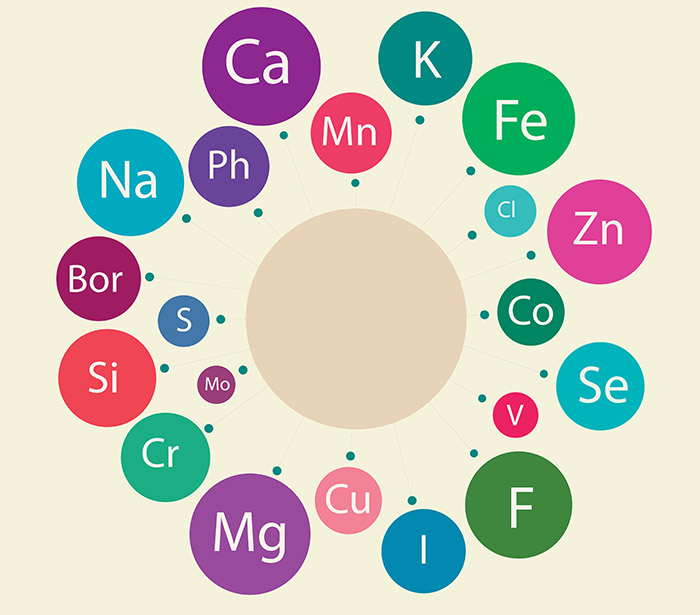
.jpg?width=330&name=Optima%20Ads_blog3%20(1).jpg)
